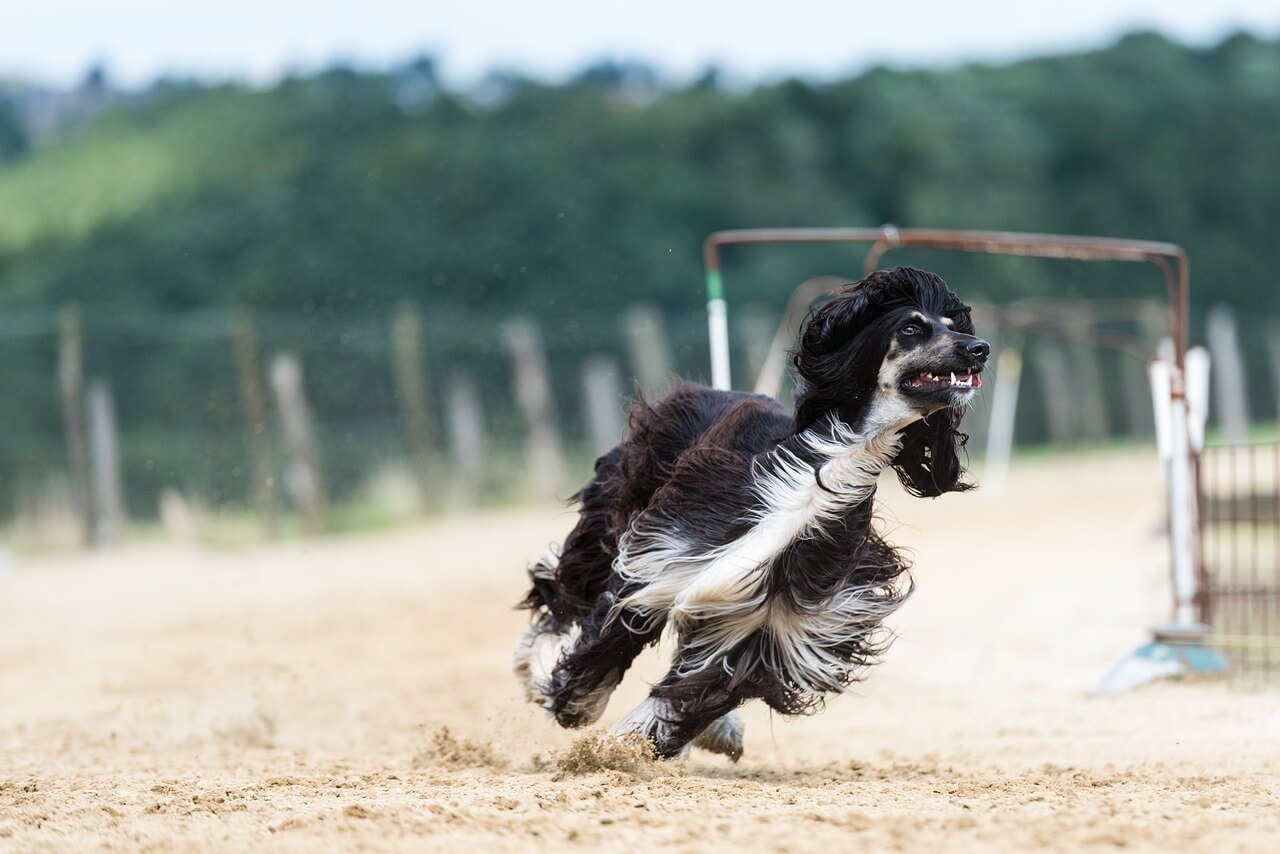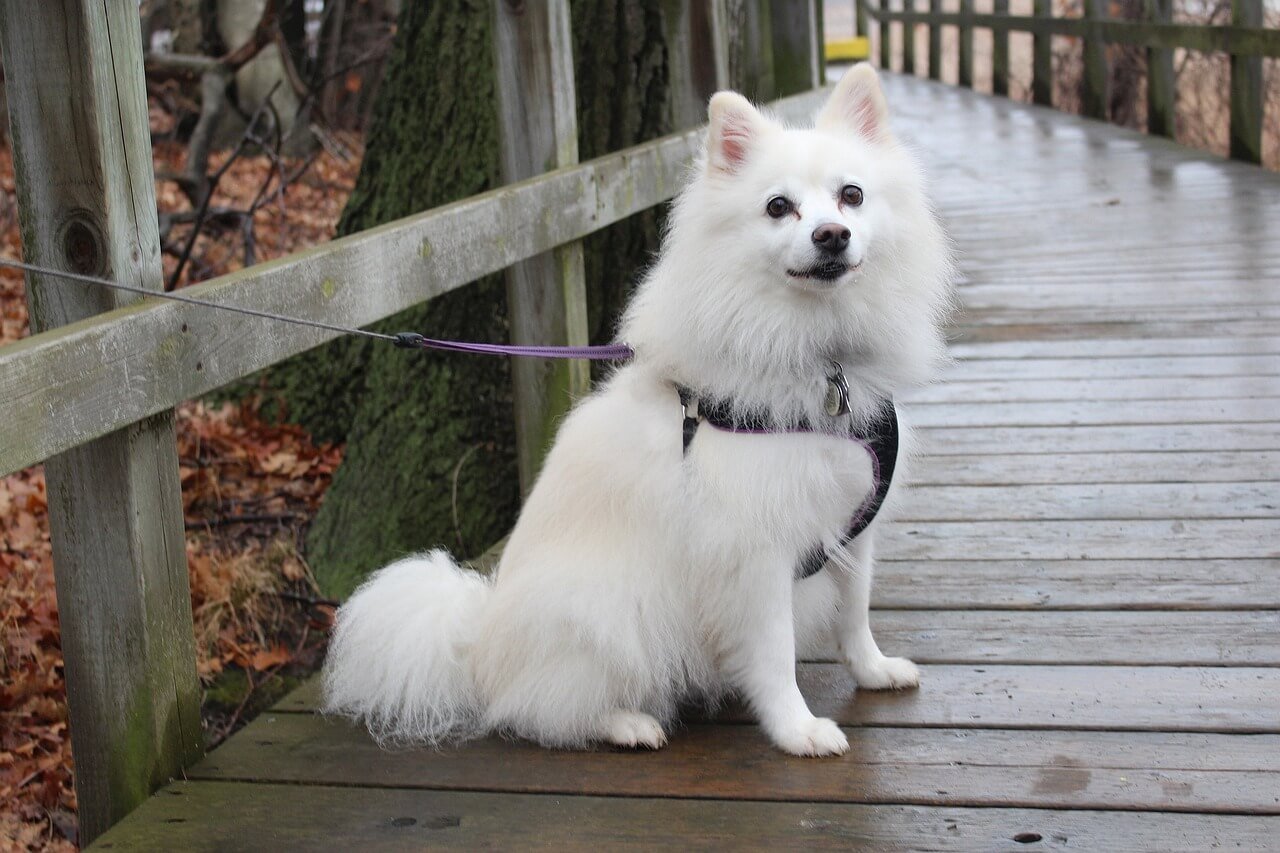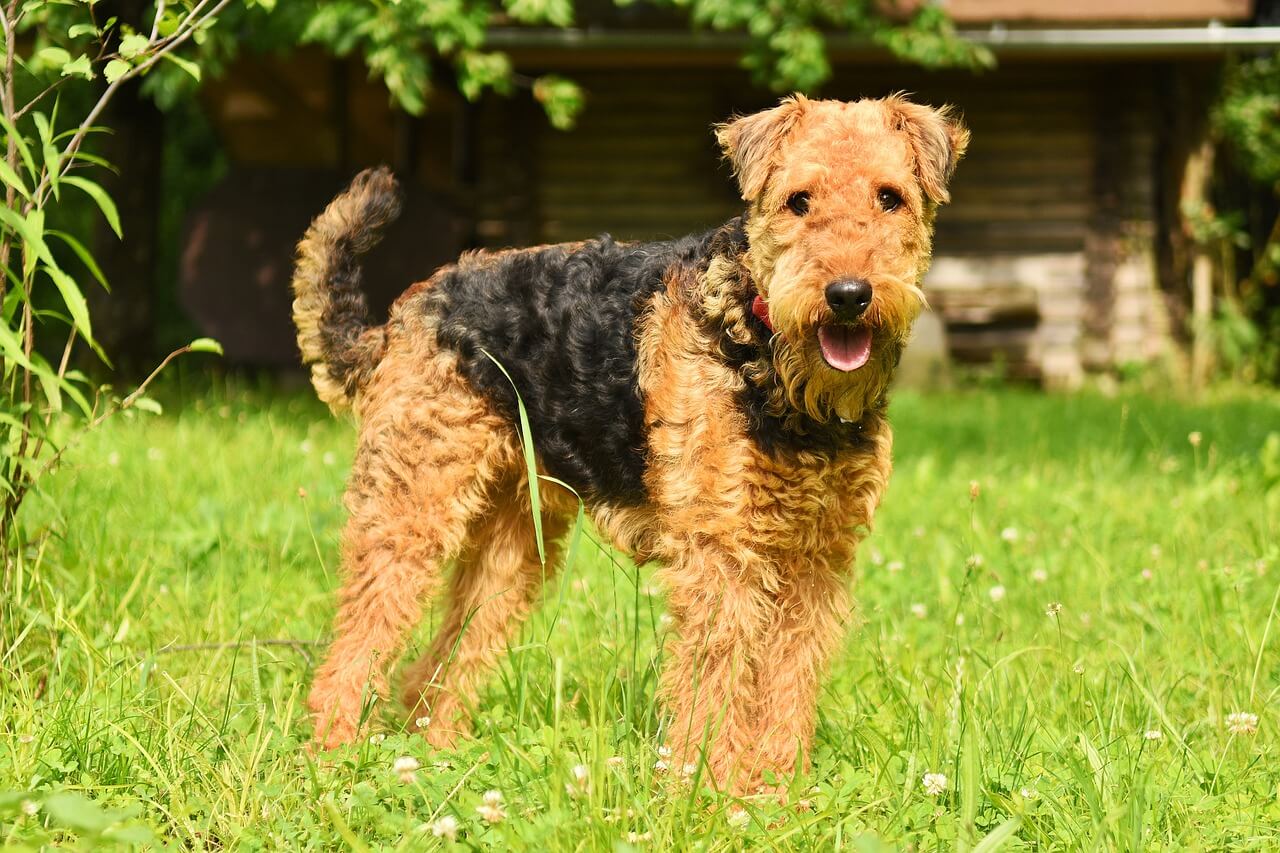Ah, the Afghan Hound – a breed that epitomizes both grace and mystique. With their long, flowing coats and aloof demeanor, Afghan Hounds are often likened to royalty among hound dog breeds. Hidden behind that majestic appearance is a heart full of loyalty, a sharp intellect, and a mischievous nature that can surprise anyone. If you've ever thought about welcoming one of these regal creatures into your home, or if you're just curious about them, you're in the perfect spot. Join us as we explore the captivating world of the Afghan Hound.
Origins & History: From Ancient Hunter to Show Ring Star
As one of the oldest breeds on record, the Afghan Hound’s ancestry stretches back over 4,000 years. Nomadic tribes in Afghanistan prized these sight hounds for chasing small animals—hares, other small animals, even cats—across harsh, rocky terrain. In fact, stories tell of an Afghan Hound named Kabul whose speed rivaled horses.
When English officers stationed in the region encountered these elegant dogs, they noted the breed’s proudly carried head, regal appearance, and monkey‑like whiskers that framed its muzzle. By 1925, Afghan Hounds appeared in UK dog shows, and the Afghan Hound Club (UK) formed the first national breed club. The American Kennel Club recognized the Afghan Hound in 1926, and soon the Hound Club of America bolstered its presence stateside. As the hound’s popularity soared, celebrities and high‑society families adopted Afghans, cementing their status as the dignified aristocrat of dog breeds.
Appearance & Silky Coat: Artistry in Fur
Breed Standard & Key Features
Head & Topknot: Long silky topknot falls between the eyes
Ears: Feathered with silky hair, hanging close to the head
Body & Tail: Lean, athletic dogs with a slight loin arch and ring tail
Coat Colors & Patterns: Cream, red, black, blue, cream; sometimes with white markings or a peculiar coat pattern such as brindle
The Afghan’s flowing coat—often compared to human hair or even Mattel’s Barbie doll tresses—was essential protection against sandstorms and cold winds. Afghan’s coat demands regular grooming to prevent scar tissue and matting. Huge paw pads grip uneven ground, while the coat sways like a regal gown in breeze.
Afghan Hound Puppy to Mature Afghan Hound: Growth & Care
From Afghan Puppies to Adults
Afghan Hound Puppy phase (0–6 months): Fluffier coat that sheds into adult silky coat; brush twice daily
Juvenile Stage (6–18 months): Energy spikes—introduce dog training, puppy socialization, and light lure coursing
Mature Dogs (Over 2 years): Mature Afghan Hound reaches full size and coat potential; adjust nutrition to maintain ideal body fat
Proper nutrition prevents exaggerated growth that can exacerbate hip dysplasia. Follow feeding guidelines using high quality dry food or balanced dog food formulas for large breeds.
Personality & Temperament: Independent Yet Affectionate
The Afghan Hound is revered for its independent nature and endearing streak. While they can be aloof with strangers, they form deep bonds with family members and other pets when properly socialized.
Afghan Hound Personality: Proud, dignified, sensitive
Intelligent Dogs: Learns quickly but may choose its own path—reinforce with positive rewards
Couch Potatoes vs. Active Dogs: Indoors, many Afghans enjoy lounging like couch potatoes, yet they shine in high‑energy pursuits outdoors
Because of their strong prey drive, Afghan Hounds may chase cats or small animals unless introduced early. They thrive on consistency and gentle guidance—harsh corrections or rough handling damage their trust.
Training an Independent Aristocrat
Dog Training Tips for Afghan Hound Owners
Positive Reinforcement: Use high quality dog food treats; Afghan Hound owners report better focus when rewarding with kibble or freeze‑dried morsels.
Short Sessions: 5–10 minute bursts maintain engagement for these intelligent dogs.
Lure Coursing & Agility: Honor their heritage as sight hounds—enroll in lure coursing clubs.
Socialization: Bring Afghan Hounds to puppy classes, dog shows, and canine meetups to ensure they’re properly socialized with other dogs and humans.
With proper training, an Afghan Hound can excel in competition—from the show ring to the coursing field.
Grooming & Coat Care: Professional or Passionate Hobbyist?
Maintaining an Afghan’s silky coat is a commitment:
Daily Brushing: Steel‑tooth comb & detangler to prevent mats
Weekly Bathing & Blow‑Drying: Use gentle, coat‑nourishing shampoo; consider a professional groomer for show‑quality trims
Scar Tissue Prevention: Never let tangles linger—matted hair can tighten and damage skin
Puppy Prep: Afghan puppies need extra brushing as their juvenile coat transitions
By partnering with a veterinarian’s supervision for skin checks and a professional groomer, owners protect coat health and the dog’s comfort.
Health, Lifespan & Nutrition
Common Health Concerns
Hip Dysplasia: Screen breeding stock; maintain lean body condition
Cataracts & PRA: Regular ophthalmologist exams
Hypothyroidism: Annual thyroid panels
Anesthesia Sensitivity: Lean build requires specialized protocols
Feeding Guidelines
High Quality Dry Food: Choose large‑breed formulas with joint support and omega‑3 for the coat
Dog Food Portions: 1,200–1,600 kcal/day for active adults; adjust for dog’s age, activity, and body condition
Supplementation: Glucosamine for joints; fish oil for silky hair health
Balanced nutrition helps prevent excess body fat and supports longevity—average life expectancy is 12–14 years.
Exercise & Activity Needs
Afghan Hounds are consummate athletic dogs. They require:
Daily Exercise: Minimum 1 hour of walks plus play
Lure Coursing: Fulfill their instinct to run fast in a high fenced area
Dog Sports: Agility, fast‑cat events—they excel when challenged
Under‑exercised Afghans can become restless; over‑exercised puppies risk joint damage. Strike a balance to nurture their regal spirit.
Finding & Adopting a Pet Afghan Hound
Reputable Breeder vs. Rescue
Reputable Breeder: Look for Ghazni Kennel, AKC‑registered parents, OFA health clearances
Rescue: Many Afghan puppies and adults need homes via the Afghan Hound Club and local rescue chapters
Adoption Checklist:
Home visit & contract (spay/neuter clause)
Proof of vaccination & vet check
Ongoing breeder/rescue support
Costs vary—$1,500–$3,000 for a puppy; adoption fees often under $500.
Must‑Have Gear for Afghan Hound Owners
Waterproof Dog Beds & Couch Covers: Protect flowing coats from dirt and dampness.
Travel & Car Seats: Secure, comfortable rides for long trips.
Cooling Mats: Prevent overheating in heavy coats.
Grooming Kits: Slicker brush, detangler, steel comb.
High‑Quality Dog Food Storage: Airtight bins keep high quality dry food fresh.
Link to FunnyFuzzy’s top-rated products for easy shopping.
Is the Afghan Hound Right for You?
If you seek a dignified aristocrat with a flowing coat, a dash of monkey whiskers, and the spirit of an athlete, the Afghan Hound is unmatched. Whether you’re drawn by the regal appearance, the chance to bring Afghan Hounds to coursing events, or simply to share your home with one of the most intelligent dogs in existence, this Afghan Hound breed rewards dedicated pet parents with loyalty and elegance.
Ready to welcome an Afghan Hound puppy or mature Afghan Hound into your life? Connect with a reputable breeder or rescue through the Afghan Hound Club or hound club of america, gear up with top‑quality FunnyFuzzy essentials, and embark on a lifelong journey with one of the world’s most magnificent dog breeds.









